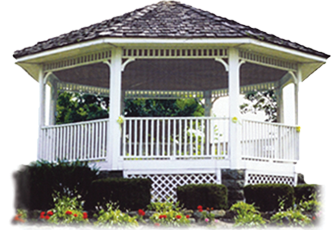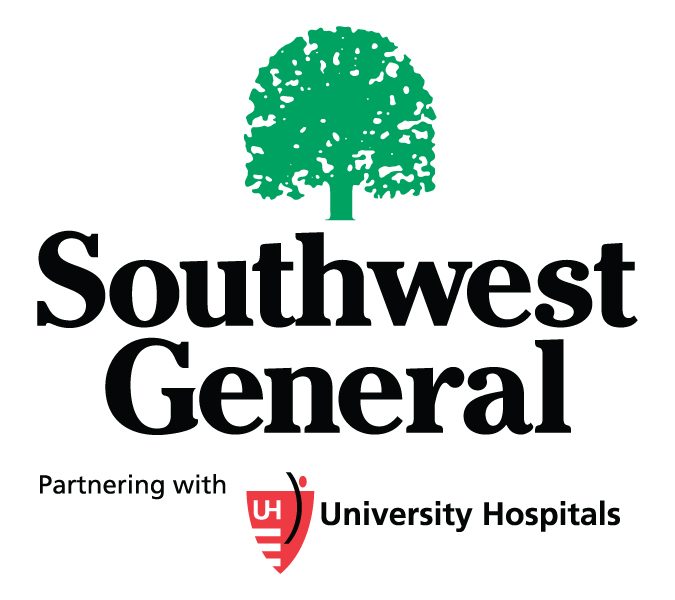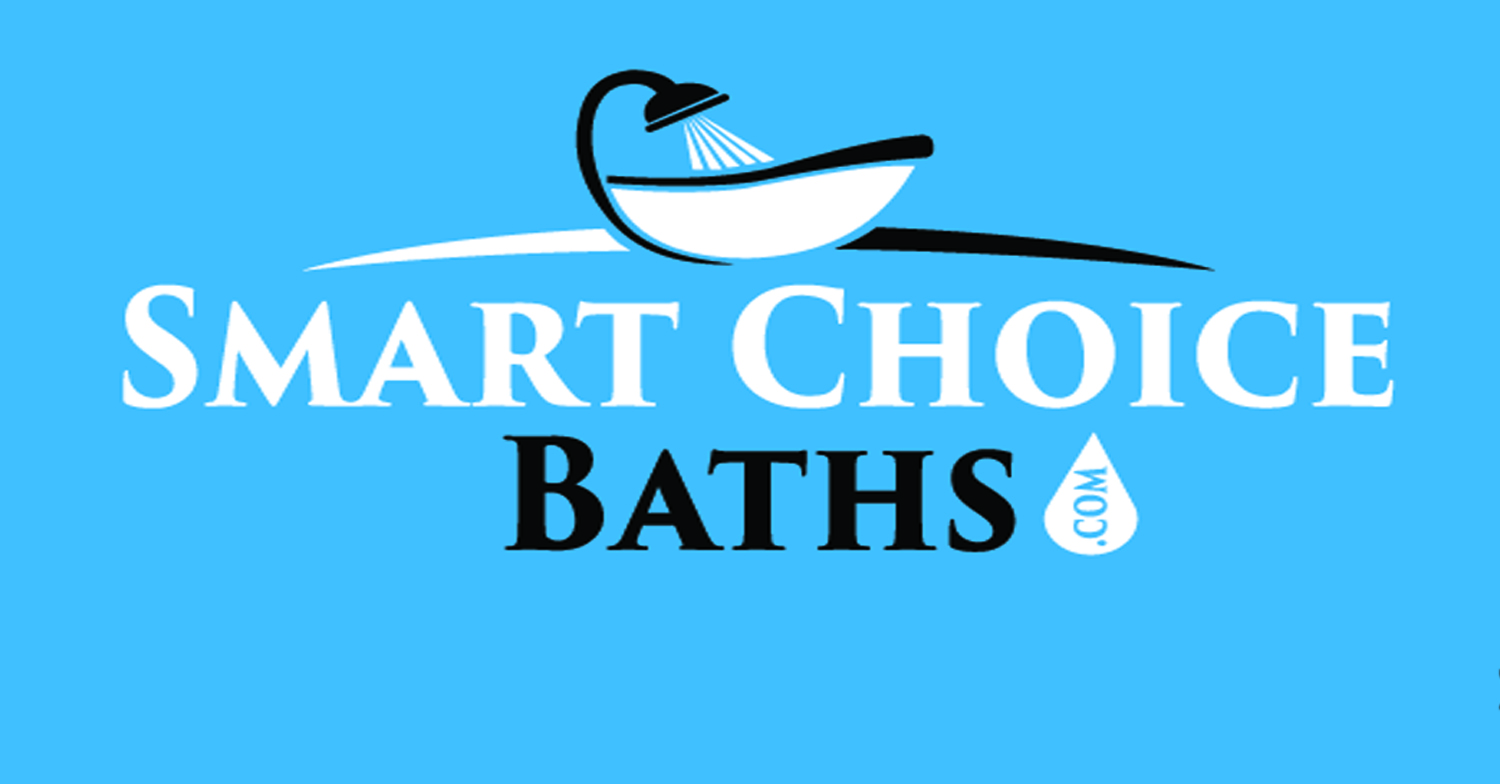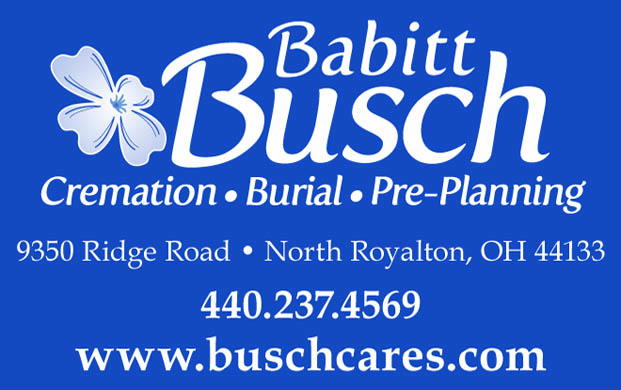Last year in North Royalton alone, there were 26 drug overdoses and deaths, according to the Director of Partnership for a Healthy North Royalton (PHNR), Amy Kuntz. As of April 25 of this year, there have been 13 drug overdoses, resulting in two deaths in North Royalton, according to North Royalton Police Department Detective, David Loeding. “I’ve never seen anything like it,” he noted.
Just a handful of residents attended a recent event, Drugs and Addiction 911: Our Communities, Our Emergency, Our Solutions, hosted by the PHNR. This was the second event in a series of three, which centered around an expert panel discussion. “What we’re seeing here tonight is representing what’s happening in the community,” said panel member, Rob Brandt. “No one wants to admit the fact that there is addiction in the family.” Stigma and denial are two of the reasons that keep people from even believing that there is a problem.
The panel that was assembled for the event included Brandt, who has created a community based organization, Robby’s Voice, that focuses on promoting addiction awareness, after his son died as a result of a drug overdose. Drug prevention advocate, Carly Kotlyn, also on the panel, was personally affected when her brother died from an overdose. She carries his remains in a box to help hit home the message she delivers to local schools. Dr. David Streem, Section Head of the Cleveland Clinic’s Alcohol and Drug Rehabilitation Center, noted that drug addiction is a “difficult and scary topic.” Broadview Heights D.A.R.E/SRO Officer Jose Garcia, who noted that “the age of those overdosing is becoming younger and younger.” He said that in Broadview Heights alone, there have been 39 overdoses in the last year and five months. North Royalton Fire Chief Bob Chegan said, “the run numbers are going up in leaps and bounds. This problem is not going away, it’s getting worse. There are more this year so far than all of last year.” He also said that they are seeing repeat patients over and over again and that the drugs are becoming more lethal. Pastor Matthew Anderson is the Head Pastor of the North Royalton United Methodist Church, who hosted the event. He spoke of a recent funeral of a mother of two who overdosed. “How do you comfort a family in the middle of this terrible tragedy. All I could say is that Jesus wept . . . not only for the deceased, but for all that are involved.” The panel was moderated by Vince Caraffi, from the Cuyahoga County Board of Health and Chair of the Cuyahoga County Opiate Task Force. He noted that “a lot of parents aren’t willing to talk about the family’s addiction. It’s a most complex and challenging issue that is facing our country.” He notes that addiction is a disease. “There needs to be support. Once you’re addicted, it’s a lifelong addiction and there is a higher possibility of death.” He strongly noted to parents: “Don’t be afraid to talk to your children.”
Heroin, a synthetic opioid, is a chemical compound that contains a morphine molecule that is taken from opium poppy. It is usually sold as a brown or white powder, or a sticky black tar-like substance. The drug is smoked, snorted or shot intravenously. “The three methods quickly deliver the narcotic to the brain, where it attaches to opioid receptors and creates a surge of euphoria,” according to the National Institute on Drug Abuse. After those euphoric effects wear off, the body then goes through withdrawal. It has been reported that what causes death is the effect heroin has on the respiratory command center in the brain stem, slowing breathing to a complete stop. According to the Cuyahoga County’s Medical Examiner, more than half of the deaths that have occurred involved heroin mixed with fentanyl, which is much more potent, about 80 to 100 times more potent than morphine, where heroin is four to five times more potent.
Signs of an overdose include disorientation; difficulty arousing the victim, even to painful stimuli; droopy appearance, cycles of hyper-alertness, followed by nodding off; gurgling breath sounds; vomiting; slow or shallow breathing; blue or gray skin color. Signs that a person is using heroin, include possession of needles and/or syringes not used for medical purposes, burned aluminum foil, gum wrappers or silver spoons; missing shoelaces; containers with powdery residue; or straws with burn marks. Other signs that a person might be using or is addicted to heroin include deceptive behavior, a substantial increase in sleep, declined performance in work or school, withdrawal from family and/or friends, repeatedly borrowing or stealing money.
North Royalton Police Department officer Jon Karl said that the rise of heroin use comes on the heals of a major push to get illegal pharmaceutical drug use reduced. As the prescription drugs became not only harder to obtain, but more expensive, the Mexican drug cartel took the opportunity to flood the U.S. with cheap heroin. “Contributing factors that led to this epidemic include the changes made to clinical pain management guidelines during the late 1990s; improper storage and disposal of unused medication; marketing medications directly to consumers; over-prescribing; substance abuse and underlying mental health issues; and widespread diversion of medications,” according to the Cuyahoga County Opiate Task Force. Karl said that the average age of users are between 20 and 30.
Unintentional Drug Overdose is the leading cause of injury related death in Cuyahoga County. Local heroin and fentanyl use is not only on the rise, it is taking lives at unprecedented levels. According to the Cuyahoga County Medical Examiner, heroin and fentanyl is now the most commonly-abused drug associated with overdose deaths in Cuyahoga County. Last year, over 600 deaths occurred in Cuyahoga County, more than twice as many as the previous year. In February alone, more than 109 people died within the first two months of 2017.
“People think that it doesn’t happen in the suburbs,” said Safety Director, Bruce Campbell, “but it has. It has no socio-economic boundaries.” North Royalton has joined other communities in their fight against these deaths. Members of the North Royalton Fire and Police Departments are trained to administer Nalaxone ( Narcan) for heroin overdose. Narcan is supplied through University Hospitals Parma Medical Center at no charge to the city. Doses of this medication can reverse an opioid drug overdose. It blocks the effects of the opioid on the brain and quickly restores breathing, when administered to a person experiencing an overdose.
The Partnership for a Healthy North Royalton will hold the third event, Empowering Yourself and Your Family to be a Part of the Solution, on Monday, May 15, at the North Royalton United Methodist Church from 6:30 to 8:30 p.m. The church is located at 13601 Ridge Road in North Royalton.
By GLORIA PLEVA KACIK
Contributing Writer














